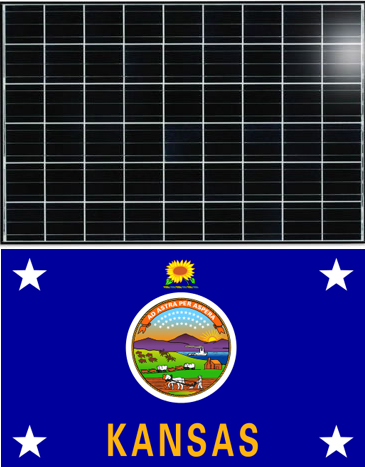
Kansas state legislators have rejected a measure that would have ended net-metering, the rate system that allows homeowners to sell excess solar and wind-generated power to their utilities.
Instead, Midwest Energy News reports, lawmakers passed a compromise that preserves net metering but lowers the reimbursement rate to the utility’s avoided cost.
The three investor owned utilities in Kansas had backed the repeal effort, part of a broad initiative by the American Legislative Exchange Council to quash renewable energy initiatives around the country. But lawmakers in Kansas weren’t buying it.
Utilities objected to net-metering rates
Westar Energy, one of the Kansas utilities in favor of the repeal, had complained net metering rules were forcing it to pay customers retail prices for a wholesale commodity, The Topeka Capital-Journal said in a report in February.
Echoing claims that other utilities around the country have made, Westar executive Mark Schreiber said, “When a customer generates some of his or her own power and gets paid the full retail rate of 10 cents, the result is that other customers pay his share of the cost of the entire infrastructure that he continues to use.”
Schreiber favored reimbursement rates at the utility’s “avoided cost” rather than the full retail price, and lawmakers agreed. News reports didn’t specify what the new reimbursement rate would be.
The bill also reduces the size of residential solar installations that can qualify for net metering, from 25 kW to 15 kW. For commercial projects, the limit was reduced from 200 kW to 100 kW, Midwest Energy News said.
Separately, state representatives in Kansas also defeated a bill last month that would have repealed renewable energy standards that were adopted in 2009, according to The Associated Press. The vote in the House was 77-42 to kill a measure that had the backing of the Kansas Chamber of Commerce and had been approved in the state Senate.
The standards require utilities to provide 20% of their power from renewable sources by 2020.
Weekly Newsletter
Get building science and energy efficiency advice, plus special offers, in your inbox.





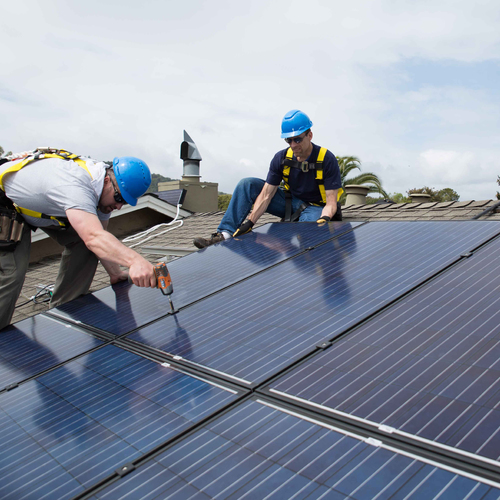
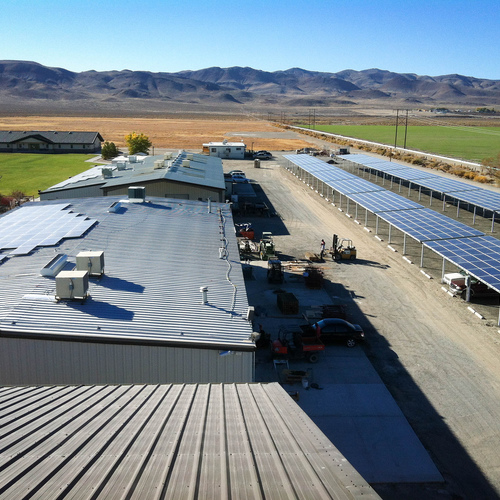
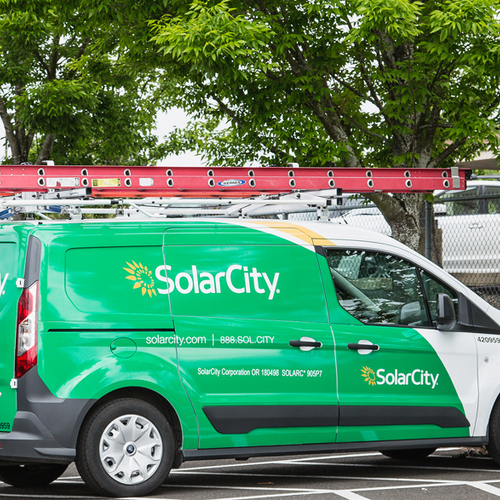
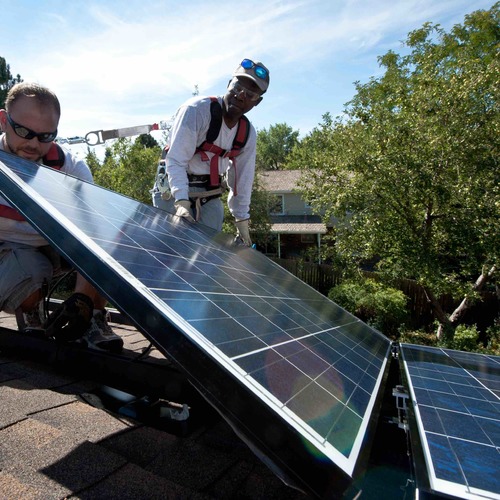






One Comment
The largest utility in VT disagrees with those other utilities
"Echoing claims that other utilities around the country have made, Westar executive Mark Schreiber said, "When a customer generates some of his or her own power and gets paid the full retail rate of 10 cents, the result is that other customers pay his share of the cost of the entire infrastructure that he continues to use." "
The notion that there is cost-shifting of grid infrastructure to non-PV ratepayers at current PV fractions of grid penetration have no basis, and in fact the value of distributed PV to the infrastructure costs LOWER the overall costs to other ratepayers by deferring or eliminating the need for upgrading grid capacities due to the presence of the distributed generation near the load. The value of that PV to the other ratepayers is likely to HIGHER than the residential retail rate until PV is more than about 15% of the total generation resource, according to most analysts who have looked at it in detail with the purpose of creating "value of solar tariff" compensation schemes for compensating both the grid operator and PV operator fairly.
In VT the value of PV to the other ratepayers was studied fairly intensively in 2012:
http://www.leg.state.vt.us/reports/2013ExternalReports/285580.pdf
The value was sufficiently clear that VT's largest utility (Green Mountain Power. an investor owned utility with share holders to answer to) has taken it a step further, and is willing to net meter beyond the usage cap, given the scale of the avoided grid infrastructure costs of that distributed solar to both their shareholders and rate-payers:
http://www.greentechmedia.com/articles/read/vermont-expands-net-metering-program-with-utility-support
I'm sure that will be revisited once further distributed generation reaches the level of imposing an actual cost to the grid and the other ratepayers, but for now the cost argument is a red-herring in most states. Only in parts of Hawaii and a few locations in CA and AZ is there even a shred of truth to it currently.
Log in or create an account to post a comment.
Sign up Log in